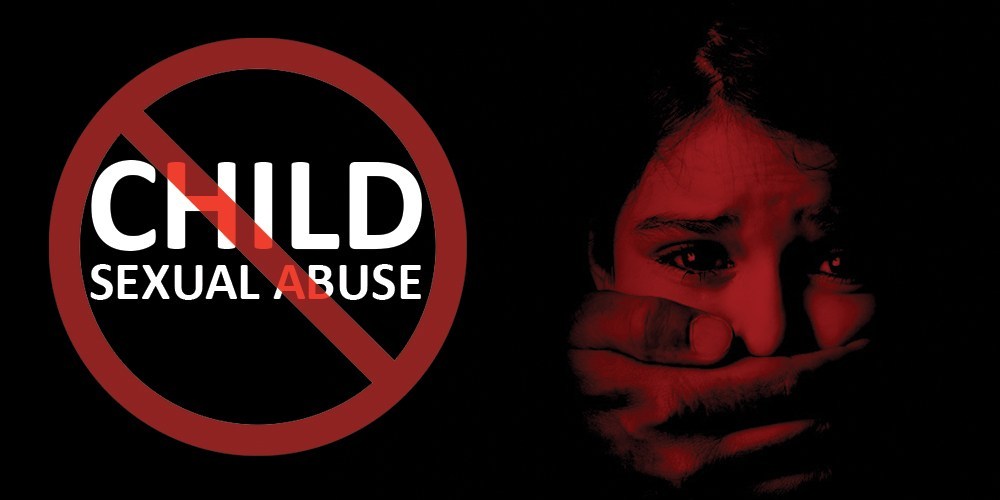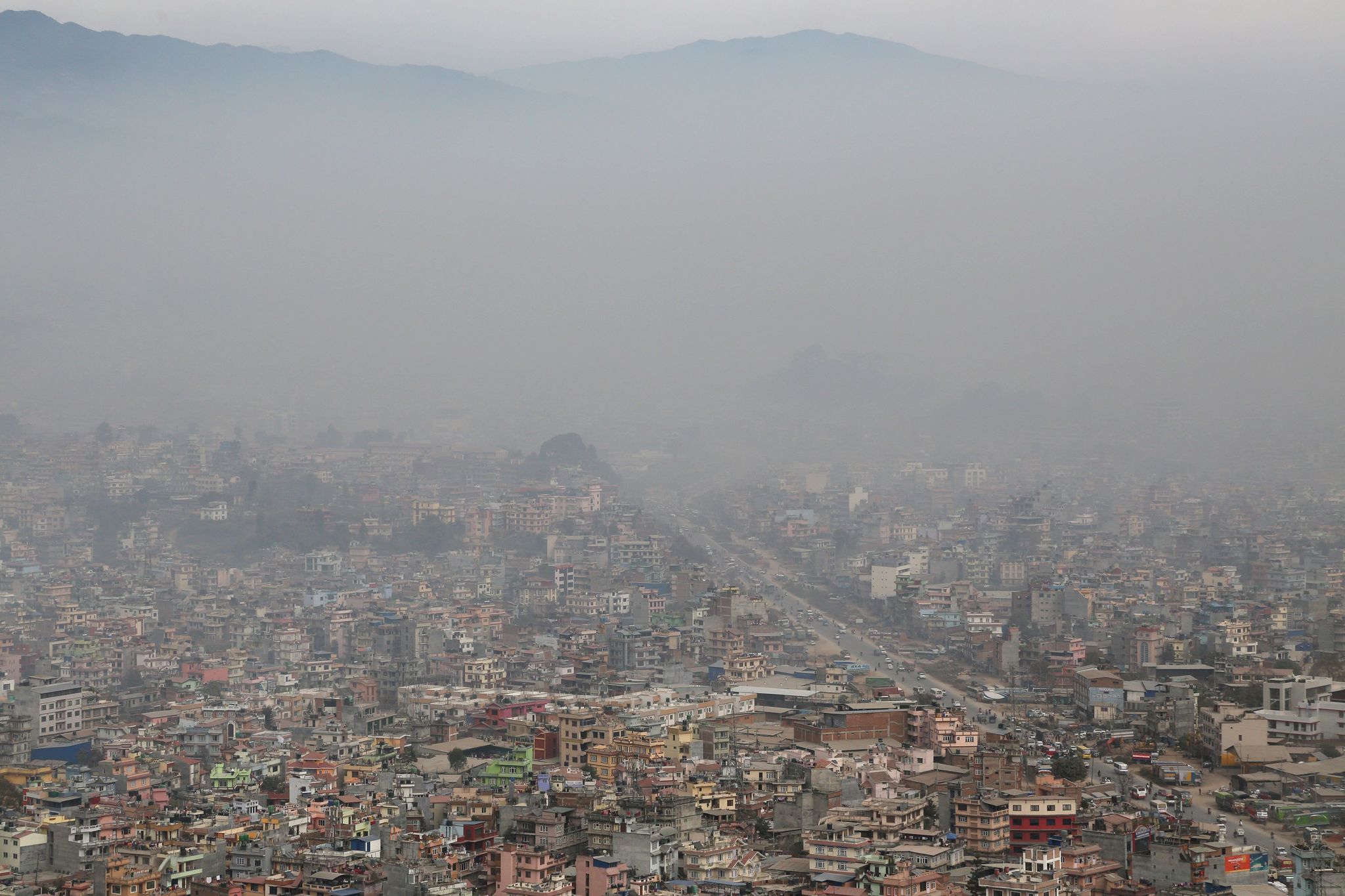In cases of child sexual abuse, boys outnumber girls

KATHMANDU: JULY 14 – With the increase in the use of social media and the internet, the incidence of child sexual abuse has also increased in Nepal. A study conducted by CWIN Nepal has shown that the incidents of online sexual abuse against children and adolescents in Nepal penetrate the unreal world of computers and cyber and lead to direct encounters and sexual abuse.
Children and adolescents are twice as likely to be sexually abused as girls and adolescents. The study found that more boys than girls are under pressure to send nude photos, audios, and videos online.
Similarly, those who are pressured or forced to send nude photos, audios, and videos have been found to have boyfriends, girlfriends, close friends, and in some cases even strangers.
The study also showed that people from some foreign countries are also involved in such activities.
Most of the networking sites and emails have been used to send sexually explicit material to girlfriends, boyfriends, and close friends. Social networking sites, emails, anonymous links, and even phones have been used to send such content to strangers and foreigners.

According to a study of 1,714 Internet users aged 9 to 19, the study found that 63 percent of men and 34 percent of women were seen naked in front of the camera, according to a study of children and adolescents.
Of the 137 people asked to be naked in front of the camera, 58 (62 percent) were boys, 47 (34.31 percent) were girls and 2 were members of the sexual minority community. It also has its own friends, boyfriends, girlfriends, relatives, strangers, even foreigners.
Out of 1,714 people, 457 or 26.66 percent have met strangers online. Of the 163 people who met strangers online, 164 were asked to meet in person, 154 of whom met with strangers, according to the investigation. Similarly, it has been found that all the people who visit directly have experienced sexual abuse in one way or another.
340 people have been sexually abused online without their consent. Thus, the number of boys facing online sexual abuse is increasing. Online sexual abuse has been found to have a large psychological impact.
During the research, children and adolescents said they had mental problems, some could not concentrate on their studies and wanted to die, and some said they were sad for a long time.
Of the 340 victims of online sexual abuse, 48 have dropped out of school after the incident, while only 15 have sought counseling. Similarly, 34 people have said that they have been hampered in their daily activities.
Only nine of them were able to get counseling services. Of the 340 victims of online sexual abuse, only 233 reported it to family/friends or the police.
They also said that they have blocked social networks and contacts, ignored incoming calls and messages, changed SIM cards, and opened new accounts on social networks.
During the investigation, 253 people said that they were victims of cyberbullying. One hundred and seventy-five of them said that they faced cyberbullying even after their parents found out about their internet behavior.
According to the study, the highest incidence of cyberbullying is 27 percent in Kathmandu and Makwanpur.
After this, in Kaski of Gandaki and Banke of Lumbini, cyberbullying of children and youths has been found at the rate of 13 percent.
According to the study, in the form of cyberbullying, people have been trying to take advantage of their weaknesses, threatening, pressuring them to send videos that they think are unreasonable, sending unnecessary photos and videos.
The study found that 63.01 percent of children and adolescents have an account on social networking.
Children and adolescents are found to have the highest use of 1 to 2 hours of internet on a daily basis at 40.37 percent, while the number of people using the internet from 6 to more daily is 13 percent.
The majority of respondents to this study reported that they inadvertently viewed sexual content on the Internet.
Other reasons include sexual desire, curiosity, peer pressure, and addiction. Thus, there are more boys than girls watching sexual content.









